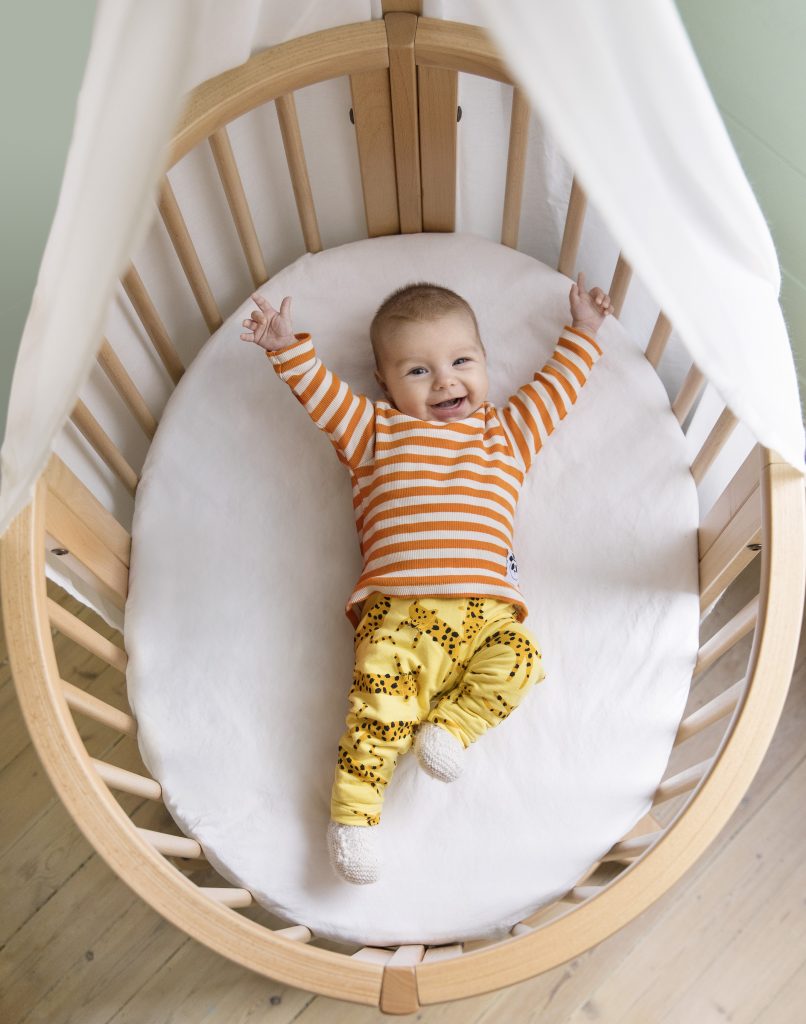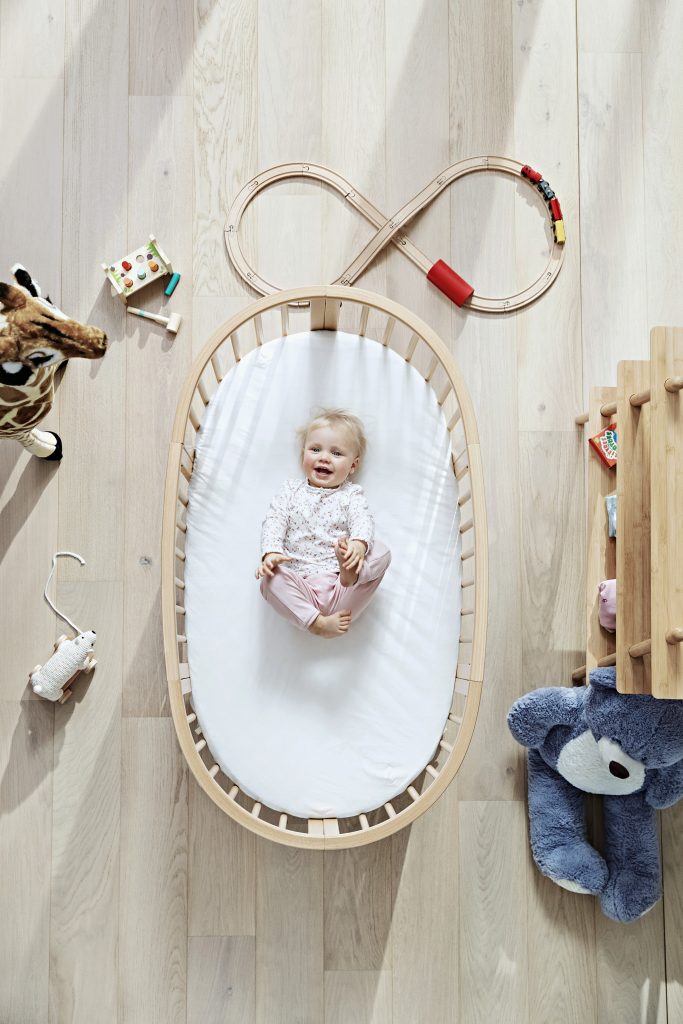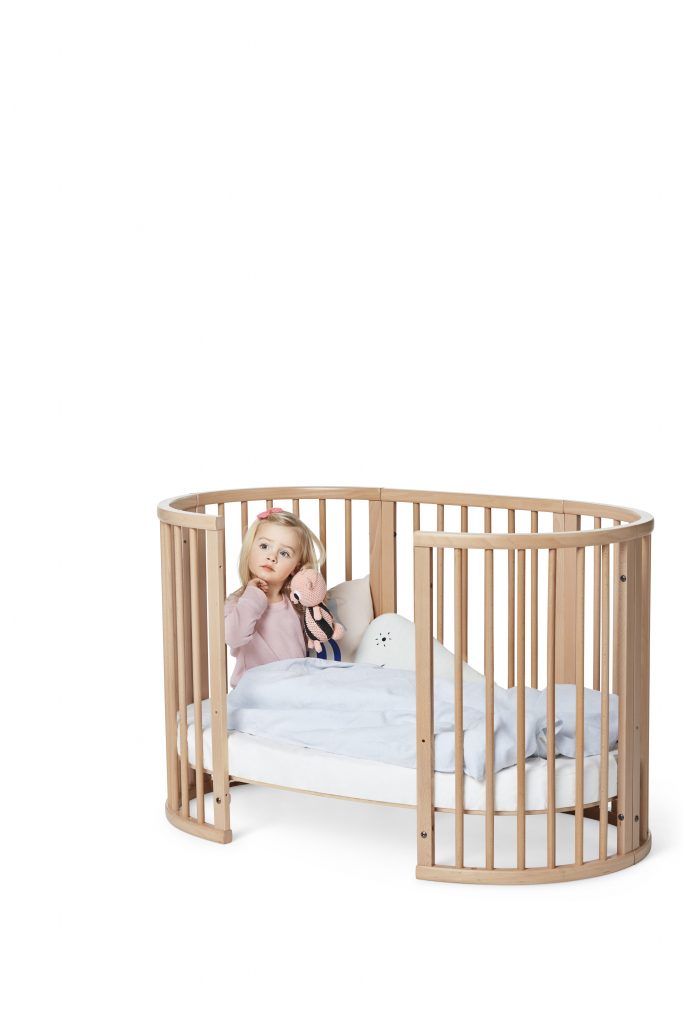This is the third article in our parenting series with our partner Stokke, the Scandinavian brand whose unique products help bring families closer together, encourage healthy development and transform everyday experiences into precious memories. To read Raising a Self-Reliant Child, click here, and How to Teach Your Baby to Eat, click here.
As a NYC-based pediatrician and author of the Raising a Self-Reliant Child, Dr. Alanna Levine frequently is asked for tips on building good sleep habits, and helping babies and kids sleep through the night. Because as any mom knows, good sleep for the little ones means better sleep for everyone! We asked the doctor, who has partnered with Stokke to bring helpful informatin to moms, for her best advice on raising great sleepers. Here are some of her best suggestions:
Start with a Safe Space
Giving your baby their own separate sleeping environment is the first step. “To create a safe environment means there should be nothing in your baby’s crib or bassinet except your baby, a firm mattress, and a tight fitted sheet,” notes Dr. Levine. When your baby first comes home, the highest crib setting is fine, but when they begin to roll over, you’ll want to lower it, and do that again once they are pulling up. Out of reach mobiles are totally fine—but find them another home once baby is pulling to stand.
Make Sure They’re In the Right Position
We’ve all heard “back is best”, and definitely a safer choice than on their belly or even side. “Once a baby can roll over on his or her own, you don’t need to roll them back. Avoid being the “rolling police” as you won’t get a good night’s sleep, and neither will your baby,” explains Dr. Levine. In addition to placing them on their back, choose a firm, flat sleep surface to further lower their chance of SIDs. Another way to help them sleep safe? Consider keeping baby in your room for a year, or at least 6 months. Bonus: You’ll be able to quickly feed and soothe them without going too far.
Don’t Rush to Transition to a Toddler Bed
“My advice is to wait as long as possible,” says Dr. Levine. She says there are two signs your toddler is ready for a “big kid” bed: 1. If your child climbs out or 2. If your child asks for a bed. Once you do make the jump to a toddler bed, make sure to fix any safety hazards such as stairs with a safety gate. Then, be patient the first few nights, and persistently and calmly walk them back to their bed if they climb out. If they need reinforcement, make it positive, in the form of praise or a reward chart.
Hopefully these tips help your child—and you—get more restful sleep!
This story is sponsored by Stokke.



